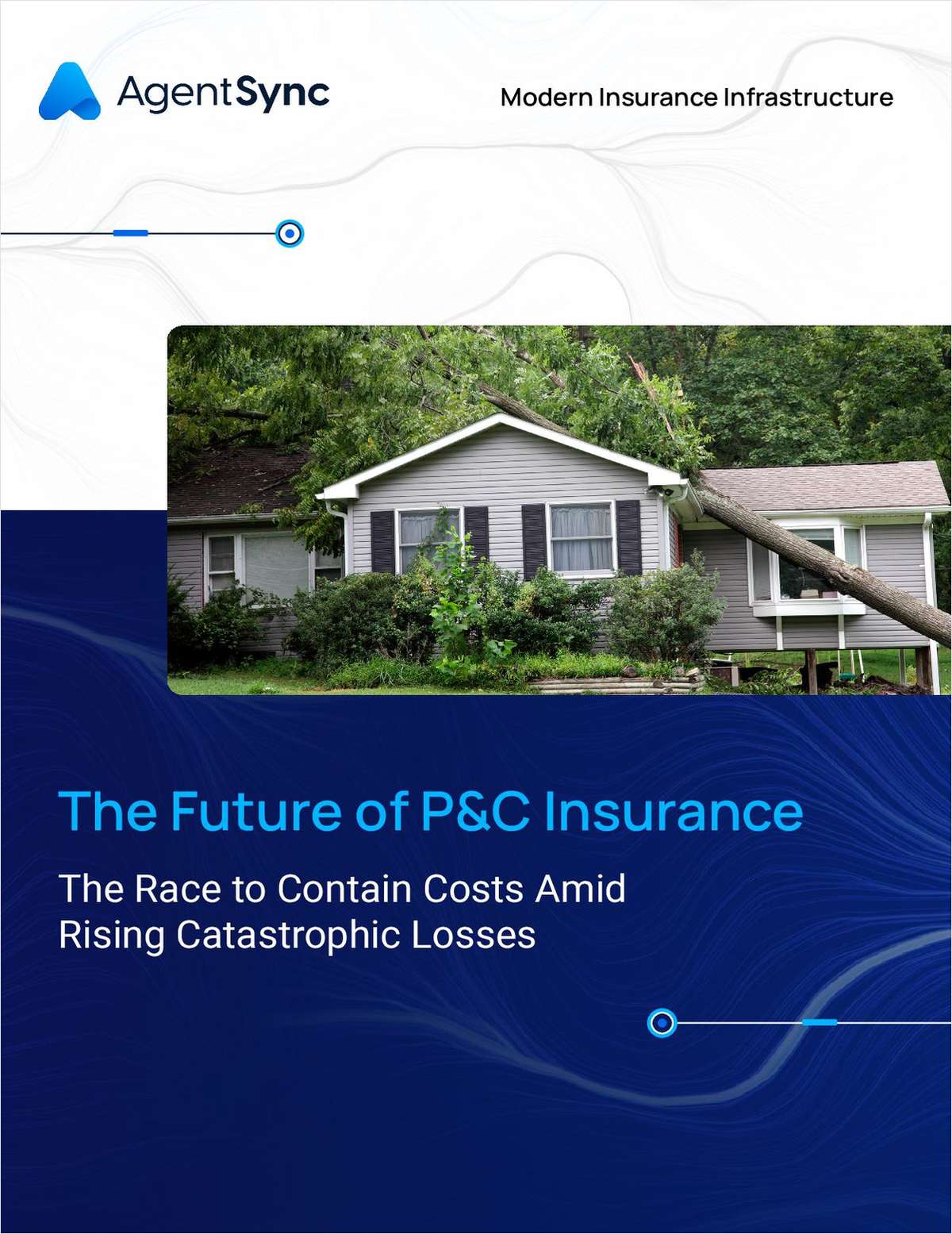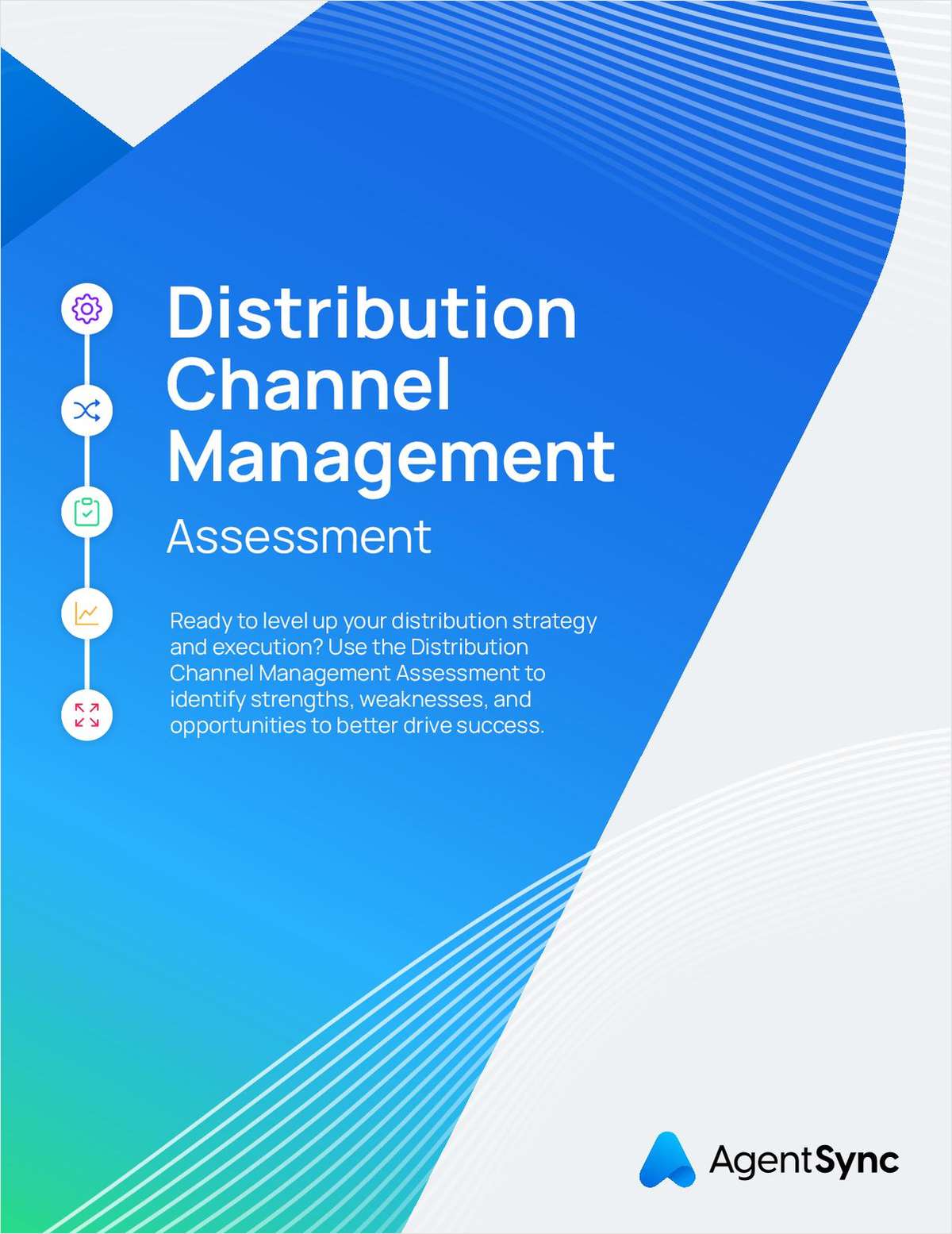Regulatory reforms of workers' compensation systems in several large states have driven down losses for insurers and cut premiums for risk managers, while improved loss control and safety initiatives have cut frequency of claims and saved thousands of lives, but threats to insurer profitability loom, according to Robert P. Hartwig, president of the Insurance Information Institute.
Indeed, while the line is enjoying a terrific run, Mr. Hartwig cautioned that not all is well with workers' comp, warning that costs–and premiums–will eventually rebound thanks to soaring medical costs and demographic challenges, requiring disciplined underwriting and cost management to maintain the line's profitability.
“It's easy to feel good about workers' comp today,” Mr. Hartwig said during his keynote address here at the Workers' Compensation Educational Conference, which launched the National Trends Program put together by National Underwriter. “I could have stood here six or seven years ago and said it's very hard to feel good about this line. We've done a 180-degree turn in this business.”
Workers' comp, “a once disastrous line, is now making a healthy profit,” he noted. The line went from paying out $1.22 for every premium dollar in 2001, “all the way down to about 97 cents to the dollar in 2006,” he said.
“That means this line has been nursed back to health through some of the most difficult times this industry has ever faced–not just in workers' comp, but throughout the property and casualty insurance world.”
Last year, he noted, the p-c industry had its lowest combined ratio since 1949, with 25 points lopped off the industry's combined ratio in just five years. “These remarkable results could not have been achieved without workers' comp,” he emphasized.
Profitability in the workers' comp line, he said, has picked up from its near record low in 2001 of almost minus-8 percent, to 13.5 percent this year.
He warned, however, that the industry has been criticized for earning too much net income. “It is important for those in the workers' comp world to defend their ability, right and need to earn a reasonable rate of return,” he said, while emphasizing that workers' comp earnings and profits should not be diverted to subsidize losses in unrelated lines–for instance, large-scale property losses in other states.
He commended those in the workers' comp industry for their achievements in turning around their troubled line “at a time when insurers are being attacked by politicians in some states and at the federal level.”
The good news, he said, is that lost-time claim frequency is down more than 50 percent since 1991.
But most importantly, Mr. Hartwig said, workers' comp is not just about the money. “You can point to some of the most extraordinary achievements in any industry. You can say that you helped to save lives, that you helped prevent injuries.”
He noted that sound loss control by insurers and their customers has lowered the fatality rate from 5.3 per 100,000 workers in 1994 to 3.9 in 2006, and that fatal work injuries continue to drop–from 6,632 in 1994 to 5,703 in 2006. Since 1995, in fact, 15,000 lives have been saved.
In addition, keeping workers from being injured on the job not only improves productivity and cuts insurance costs but can greatly impact the quality of life for a family, according to Mr. Hartwig.
He noted that seriously injured workers have average lower lifetime earnings; a greater likelihood of filing for bankruptcy; are more likely to need public assistance; and are more likely to experience divorce, substance abuse and depression.
He noted that most work-related fatalities today are due to highway accidents, and that the rate of homicides in the workplace is down.
However, Mr. Hartwig said that while the workers' comp market will continue to perform well in the short term, operating results and profitability erosion is already beginning, and will probably continue for the next four-to-five years.
While competition in the workers' comp market is more intense than it has been at any time in the last 15 years, for now, he said, this is “good news. It's a sign of a healthy market.”
Over time, however, he said competition is only healthy “as long as it remains rational and disciplined.” The concern, he added, is that in the battle for marketshare, carriers will underprice business and end up losing money.
In addition, he noted that “threats abound” to the workers' comp insurance system–citing medical costs as the biggest, which made up nearly 60 percent of total claims in 2006, and rising.
He also cited a number of demographic trends that could hike costs for workers' comp carriers and employers, while posing unique loss control challenges–including the aging workforce and the “obesity epidemic.”
Want to continue reading?
Become a Free PropertyCasualty360 Digital Reader
Your access to unlimited PropertyCasualty360 content isn’t changing.
Once you are an ALM digital member, you’ll receive:
- Breaking insurance news and analysis, on-site and via our newsletters and custom alerts
- Weekly Insurance Speak podcast featuring exclusive interviews with industry leaders
- Educational webcasts, white papers, and ebooks from industry thought leaders
- Critical converage of the employee benefits and financial advisory markets on our other ALM sites, BenefitsPRO and ThinkAdvisor
Already have an account? Sign In Now
© 2024 ALM Global, LLC, All Rights Reserved. Request academic re-use from www.copyright.com. All other uses, submit a request to [email protected]. For more information visit Asset & Logo Licensing.








